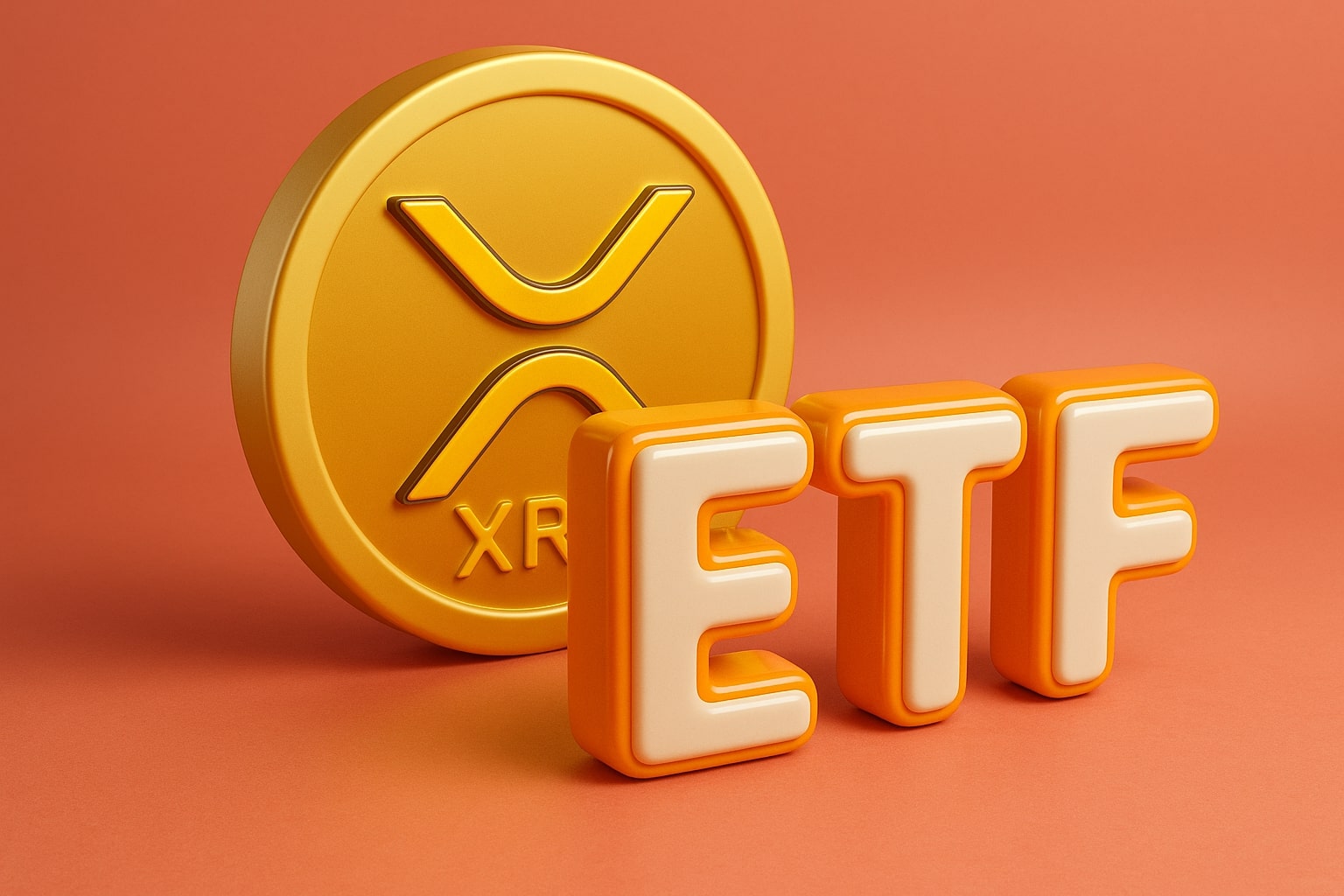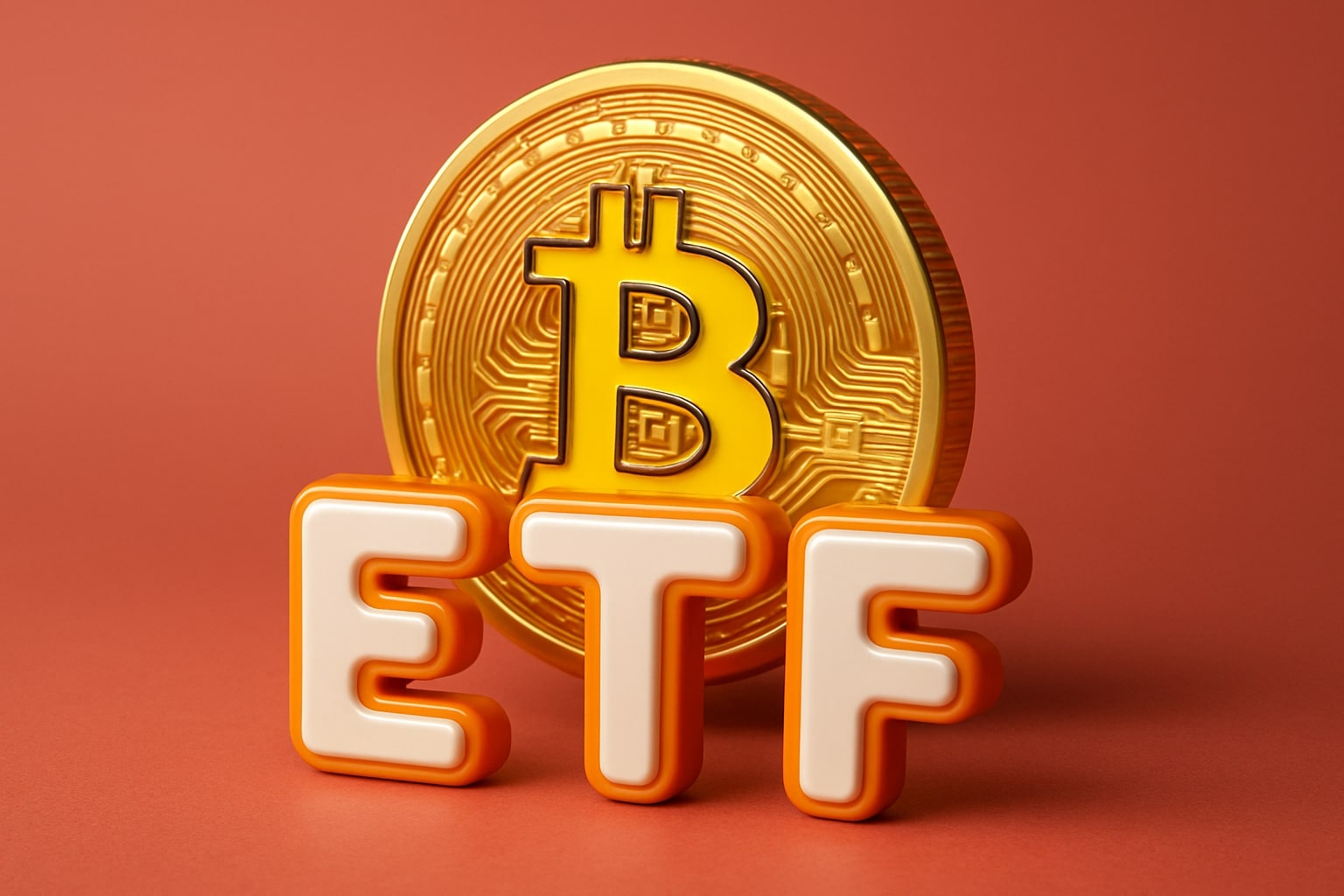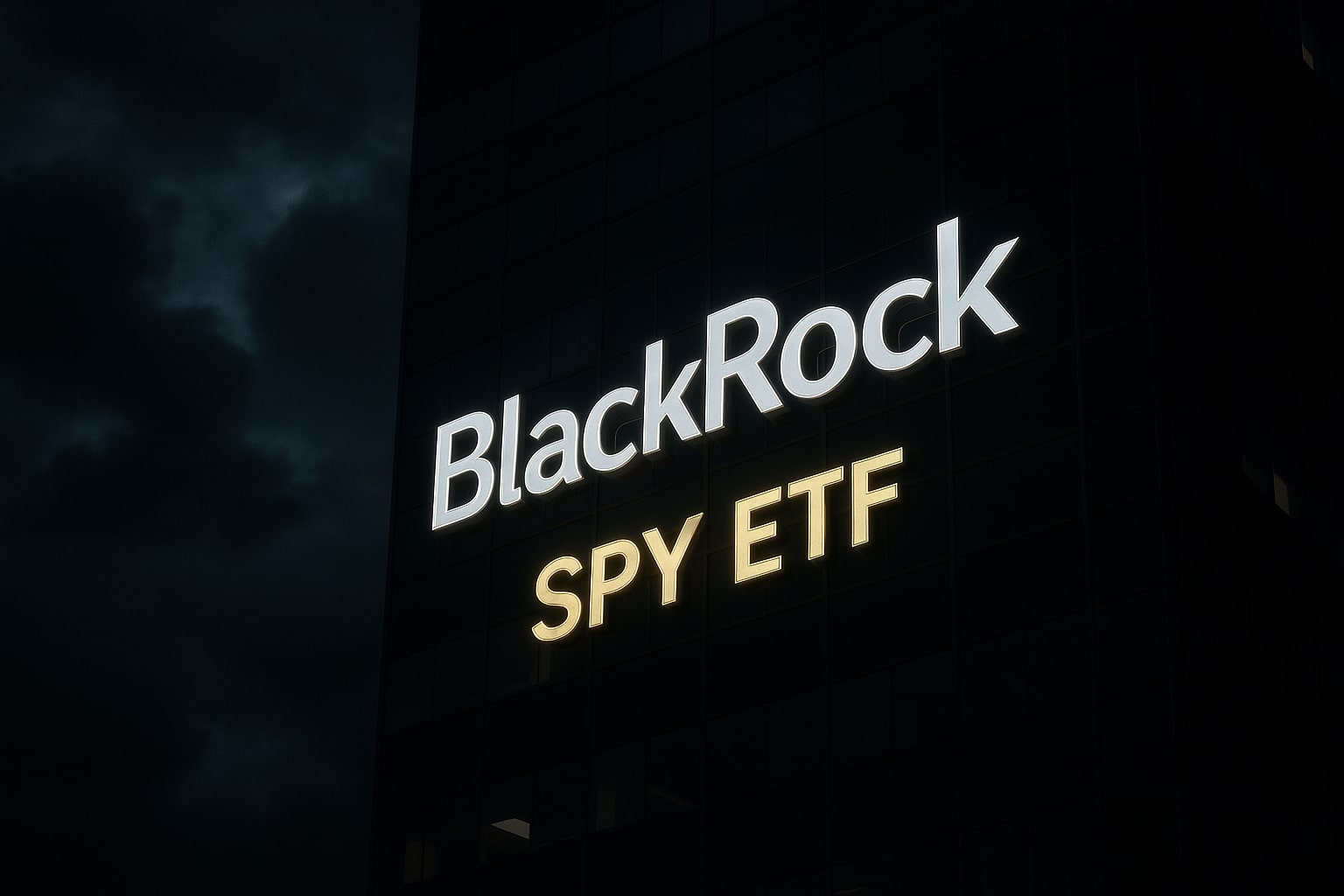Ethereum Slides to $2,485 as Bulls Confront Macro, Whale, and ETF Crosscurrents
Ethereum (ETH-USD) is trading near $2,485, shedding over 11% from the local high of $2,787 and posting its lowest close in nearly three months. The selloff comes amid broad crypto market unease, Trump’s tariff head fakes, and liquidation risk from ETF holders whose cost basis remains trapped near $3,300–$3,500. Yet despite short-term pressure, the network’s underlying trends are tilting heavily in favor of a bullish reversal. The price structure, whale behavior, ETF momentum, and on-chain signals all suggest that this drawdown is a temporary reset, not a structural breakdown.
Exchange Reserves Collapse to Multi-Year Lows, Forcing Supply Squeeze
On June 1, Ethereum reserves held on centralized exchanges fell to historic lows—just 4.9% of total supply. This drying-up of supply is the backbone of the current accumulation phase. The fewer coins available on exchanges, the lower the potential sell-side pressure. This is critical as ETF demand surges: the newly approved spot ETH ETFs have already absorbed $578 million in net inflows over three weeks, including $286 million in the most recent week alone. BlackRock’s ETHA alone accounted for $287 million in May. Meanwhile, Bitcoin ETFs posted net outflows of $157 million, underscoring the sentiment pivot toward Ethereum.
Whales Stack Over $15M in ETH in a Single Day Amid Derivatives Bull Bets
On-chain data confirms institutional and high-net-worth confidence. A single whale added 2,004 ETH (~$4.99 million) on June 1. Another followed with a 3,957 ETH purchase worth $9.88 million. These buys were not isolated—they followed a broader trend of cyclical accumulation. Derivatives markets also confirm bullish risk-taking: Ethereum open interest on Deribit just surged past $5 billion, with call options outpacing puts by over 2-to-1. This is a high-conviction bet on upside continuation, even as the spot price consolidates below $2,500.
Vitalik Buterin’s 10x Scaling Vision Targets Stateless Nodes, EVM Efficiency
At ETHGlobal Prague, Vitalik Buterin laid out Ethereum’s boldest roadmap yet: a 10x scaling of Layer 1 throughput within 18 months. This plan revolves around stateless node design, delayed execution, distributed storage, and client-side EVM upgrades. These improvements build on May’s Pectra upgrade, which doubled blob capacity and enabled stablecoin-based gas payments. Buterin cautioned against aggressive hard forks, but emphasized censorship resistance, decentralization, and client diversity. It’s a fundamental leap that positions Ethereum not just as a smart contract platform—but as the backbone of institutional finance.
Technical Levels Flip Bearish, but Structural Bull Flag Remains Intact
ETH is currently trapped below its 100-hour SMA and trading beneath key resistance at $2,600. It failed to reclaim the 23.6% Fib level of the recent drop from $2,787 to $2,470, currently sitting near $2,541. Hourly RSI has slipped under 50, and the MACD is gaining downside momentum. However, despite short-term bearish structure, the bull flag on both the daily and 4-hour chart remains valid. ETH is consolidating between $2,473 and $2,678—a textbook flag channel following the May 7–13 run-up from $1,802 to $2,689. The MFI remains above its signal line, suggesting buyers are not capitulating. A breakout above $2,720 would invalidate the bearish drift and target $3,028 short term.
MVRV Metrics Signal Bottoming Pattern as Long/Short Spread Narrows
Ethereum’s MVRV Long/Short Difference has risen from -43.49% to -20.74% in recent weeks. This on-chain indicator tracks the unrealized profit divergence between short-term and long-term holders. The rising MVRV delta implies ETH is emerging from a bottoming phase. Historically, values closer to zero—followed by a positive cross—precede strong rallies. The same pattern occurred before the breakout above $2,200 earlier this year. If the MVRV trend continues, ETH could be primed for a steep recovery toward $3,400–$3,500, the average cost basis of spot ETF holders.
ETF Demand Builds Despite Regulatory Friction on Staking Products
Spot ETH ETFs are now absorbing flows that surpass Bitcoin’s on a weekly basis. Since July 2024, over $2.94 billion has flowed into ETH-linked ETFs. That said, the next battle will be over staking. While the SEC recently stated that solo and delegated staking aren’t securities offerings, two proposed staking-enabled ETH ETFs hit temporary resistance. Bloomberg’s James Seyffart still sees approval as a matter of “when, not if.” If greenlit, these products could unleash a second institutional wave—not just for exposure, but for yield-bearing Ethereum.
Macro Volatility Could Shake Short-Term Price Stability
While ETH’s fundamentals look robust, macro conditions remain a live risk. U.S. PCE inflation came in hotter than expected, and GDP prints have stoked recession talk. At the same time, Trump’s tariff threats—shelved until July 9—have already rattled risk assets. On May 30 alone, ETH dropped 4.55% in 24 hours, echoing the sharp reaction to macro shocks. Moreover, liquidations remain a risk: $660 million in long ETH positions were wiped out on May 30 alone, amplifying downside in thin order books. Until $2,700 is reclaimed, bulls remain vulnerable to macro whiplash.
DEX Dominance and Corporate Treasury Adoption Reinforce Ethereum’s Lead
DeFi momentum is accelerating. Decentralized exchanges now account for 25% of spot trading volume, led by Uniswap. At the ETH Global event, enterprise integration was a major theme. SharpLink Gaming became the first public firm to raise $435 million in ETH for its treasury, echoing the MicroStrategy playbook. The result? A 2,700% surge in its stock price. If ETH begins to mirror Bitcoin’s corporate adoption curve, we could see treasury demand become a structural support for price.
Bullish Sentiment Builds as Arthur Hayes Calls ETH “Most Despised L1” With $5K Target
Former BitMEX CEO Arthur Hayes labeled Ethereum the “most despised L1” in crypto right now—a perfect setup, in his words, for a contrarian surge to $5,000 in 2025. Meanwhile, Fidelity analysts cite the MVRV Z-score of -0.18 as evidence ETH remains undervalued. Traders on prediction markets are skewing bullish: the majority are betting on ETH retaking $2,700–$2,800 before breaking down to $2,300. This is not blind optimism—these positions are backed by over two million open contracts and billions in open interest.
Buy, Sell, or Hold Ethereum (ETH-USD)?
Ethereum (ETH-USD) is a Buy at current levels around $2,485. Despite macro headwinds and temporary technical weakness, the fundamentals are aligning behind a powerful long-term thesis. The bullish trifecta of whale accumulation, ETF momentum, and 10x scaling architecture is accelerating. If $2,470 holds as a structural low, ETH has a clear path back toward $2,880 short term—and $3,400–$3,500 if ETFs ignite another leg higher.
Upside target: +37% to $3,400
Downside risk: -6.6% to $2,320
The risk/reward favors those positioned early—before the market prices in the full implications of Ethereum’s architectural overhaul. If Buterin delivers, and staking ETFs get approved, ETH will not be trading under $2,500 for long.


















